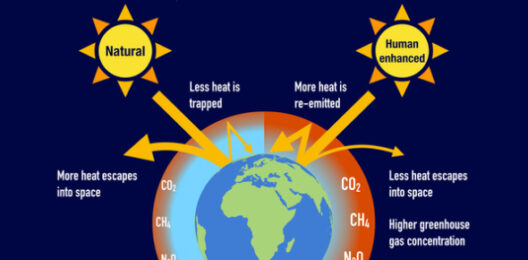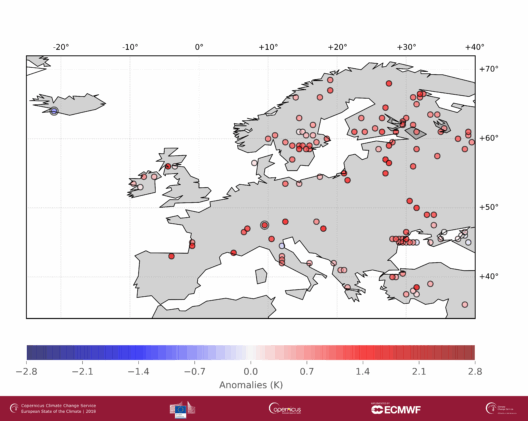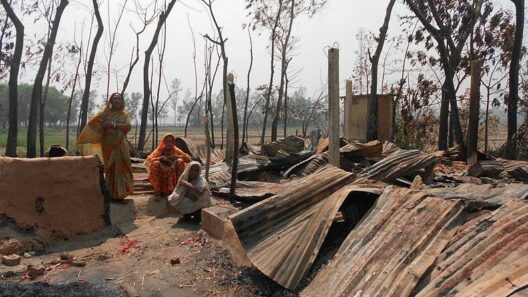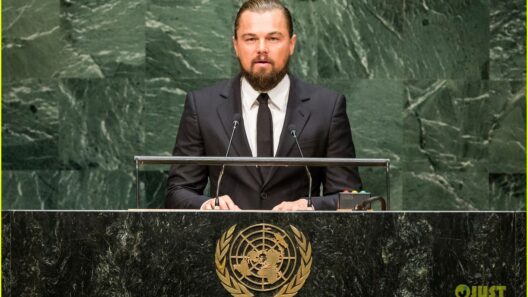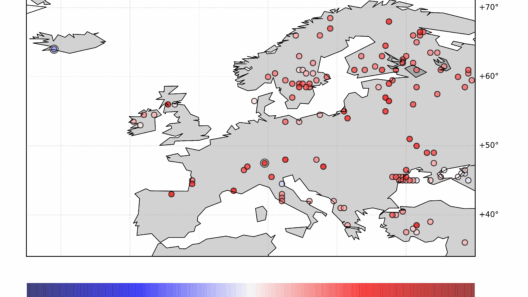In an era of unprecedented ecological upheaval, the call for a climate conversation is more urgent than ever. The shifting climate landscape, punctuated by extreme weather events, rising sea levels, and dwindling biodiversity, serves as a clarion call for dialogue and action. Engaging in a meaningful climate conversation not only empowers individuals and communities but also urges policymakers and global leaders to reevaluate their stances on environmental stewardship. This discourse promises a paradigm shift, urging us to reconsider our relationship with nature and each other.
Understanding the gravity of the climate crisis is paramount. The Intergovernmental Panel on Climate Change (IPCC) has consistently warned that without immediate and substantial changes to our carbon emissions, the planet’s temperature could rise by 1.5 degrees Celsius as early as 2030. Such an increase will trigger devastating changes in weather patterns, food security, and public health. Hence, a climate conversation isn’t merely a dialogue; it’s a rallying cry to take actionable steps toward a sustainable future.
The essence of a climate conversation revolves around awareness and education. Knowledge is a critical instrument in combating the climate crisis. Discourse should encompass scientific findings, personal narratives, and cultural implications to foster a comprehensive understanding of climate change. Individuals equipped with knowledge can make informed choices, whether it’s reducing their carbon footprint or advocating for green policies. This exchange of ideas can engender a sense of responsibility among participants, prompting them to take part in transformative actions within their communities and beyond.
Equally significant is the intersectionality of climate issues. Climate change does not affect everyone equally; marginalized communities disproportionately bear the brunt of its effects. A robust climate conversation must include voices from all walks of life, especially those who have historically been excluded from environmental dialogue. By amplifying the perspectives of indigenous peoples, low-income communities, and people of color, we create a richer, more nuanced understanding of climate narratives. This diversification of voices not only enriches the conversation but also fosters empathy, propelling collective solutions that benefit all.
The Role of Technology and Innovation in Climate Dialogue
Current technological advancements present unprecedented opportunities for addressing climate change. From renewable energy innovations—solar, wind, and hydropower—to breakthrough carbon capture and storage techniques, conversations must pivot towards how technology can be harnessed for environmental restoration and preservation. Exploring technological solutions requires an open dialogue among scientists, engineers, policymakers, and activists. By collaborating across disciplines, we can accelerate the development and implementation of sustainable technologies, such as smart grids and electric vehicles, that promise immense potential in mitigating climate impacts.
However, while technology is a vital component, it is not a panacea. The moral and ethical dimensions must also surface in these conversations. We often overlook the implications of our technological dependency, raising critical questions about consumption, waste, and sustainability. As we engineer solutions to climate issues, we must also commit to fostering a culture of conservation and mindful living. The climate conversation should inspire individuals to reassess their habits, improving not just environmental outcomes but creating resilient communities equipped to withstand future challenges.
Cultivating a Culture of Dialogue and Engagement
Beyond technological explorations, the art of conversation itself deserves attention. Genuine dialogue takes practice, patience, and an open mind. The challenge lies in creating spaces where diverse perspectives can flourish, fostering an inclusive environment where participants feel valued and heard. Initiatives such as community forums, workshops, and educational programs can serve as platforms for these essential exchanges. Engaging with local leaders and influencers can also help in driving change from the grassroots level, with collective voices amplifying demands for more robust environmental policies.
Furthermore, leveraging the power of storytelling can be a powerful catalyst for change. Personal anecdotes can elicit empathy and understanding, making climate issues personal and relatable. A climate conversation enriched with stories traverses the abstract and into the tangible, showcasing the real-life impacts of climate change on families, communities, and ecosystems. By humanizing the statistics, we invoke emotional urgency, galvanizing audiences into action.
As we navigate the daunting challenges posed by climate change, a culture of conversation becomes imperative. Such discourse enables collaboration, innovation, and sustained action across various sectors of society. The richness of this dialogue is found not only in the discourse itself but in the actions it inspires. Acknowledging the complexity and urgency of climate change allows us to engage deeply, searching for solutions that reflect the interconnectedness of social, economic, and environmental factors.
In conclusion, the time for a climate conversation is now. As the world grapples with the multifaceted ramifications of a changing climate, embracing dialogue offers a beacon of hope. It is through these critical conversations that we unlock pathways to transformation, igniting a collective commitment to heal and protect the planet. We owe it to future generations to foster an equitable, sustainable, and thriving world—one where climate conversation thrives. It is not merely about conversation; it is about weaving a tapestry of collective action for a brighter, sustainable future that beckons us all.



